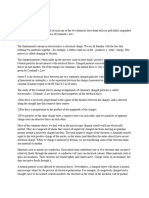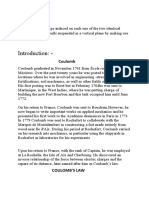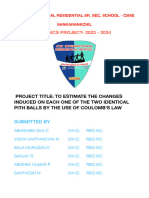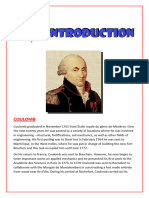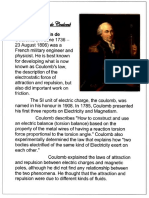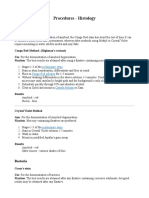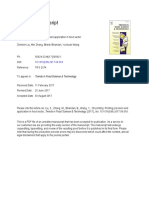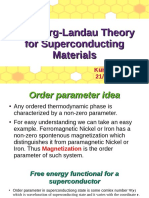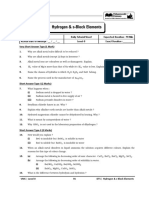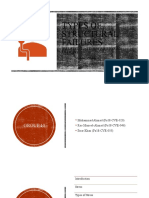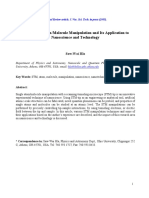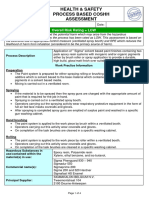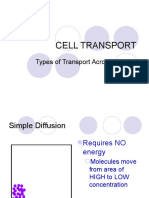0% found this document useful (0 votes)
225 views15 pagesPhysics Project
The document discusses Coulomb's law for electrostatics. It defines Coulomb's law, which states that the electrostatic force between two point charges is directly proportional to the product of the charges and inversely proportional to the square of the distance between them. It also describes how to use Coulomb's law to estimate the charge induced on identical styrofoam balls suspended from threads using a charged glass rod. The procedure, observations and results of this experiment are outlined.
Uploaded by
Anshul EkkaCopyright
© © All Rights Reserved
We take content rights seriously. If you suspect this is your content, claim it here.
Available Formats
Download as PDF, TXT or read online on Scribd
0% found this document useful (0 votes)
225 views15 pagesPhysics Project
The document discusses Coulomb's law for electrostatics. It defines Coulomb's law, which states that the electrostatic force between two point charges is directly proportional to the product of the charges and inversely proportional to the square of the distance between them. It also describes how to use Coulomb's law to estimate the charge induced on identical styrofoam balls suspended from threads using a charged glass rod. The procedure, observations and results of this experiment are outlined.
Uploaded by
Anshul EkkaCopyright
© © All Rights Reserved
We take content rights seriously. If you suspect this is your content, claim it here.
Available Formats
Download as PDF, TXT or read online on Scribd
/ 15







